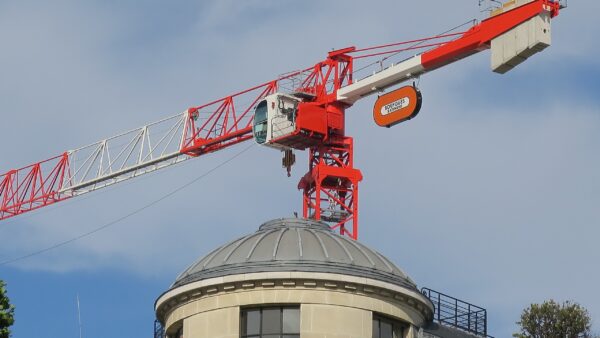Arx Pax, the company behind the world’s first working hoverboard, has been awarded a patent for houses that levitate to avoid damage during an earthquake.
According to the patent application, the system would allow buildings to rise from the earth and levitate for around 90 seconds – the average time of an earthquake.
As with magnetic levitation train systems, the hoverboard relies on magnetic repulsion to provide lift. The company says that structures designed with Arx Pax’s Magnetic Field Architecture technology, may now be “decoupled” from the earth at a moment’s notice.
The system may be used with early-warning software called Shake Alert.
Greg Henderson, co-founder of Arx Pax, said: “The ShakeAlert program aligns well with our long-term vision. Weaving ShakeAlert into our seismic isolation solution provides a valuable new tool to architects, engineers, and developers who are looking for a better way to build in areas affected by earthquakes.
“Our goal is to eliminate structural movement by pinpointing the exact time an object or building’s ‘landing gear’ should retract and activate the hover engines.”

The Hendo Hoverboard (http://hendohover.com/)
The system is designed to work for homes and businesses, as well as “operating rooms, highly calibrated instruments and much more”.
The collaboration is in line with the public-private partnership that California’s Office of Emergency Services is fostering to help provide an earthquake early warning system.
Read more about the patent here.
Top Image: A diagram from the Arx Pax patent
Comments
Comments are closed.











This is a plus to the construction industry
This is absolutely genius!
Looks good, ….. but:
What if the underground changes shape/angle during quake?
Does the system require independent power supply?